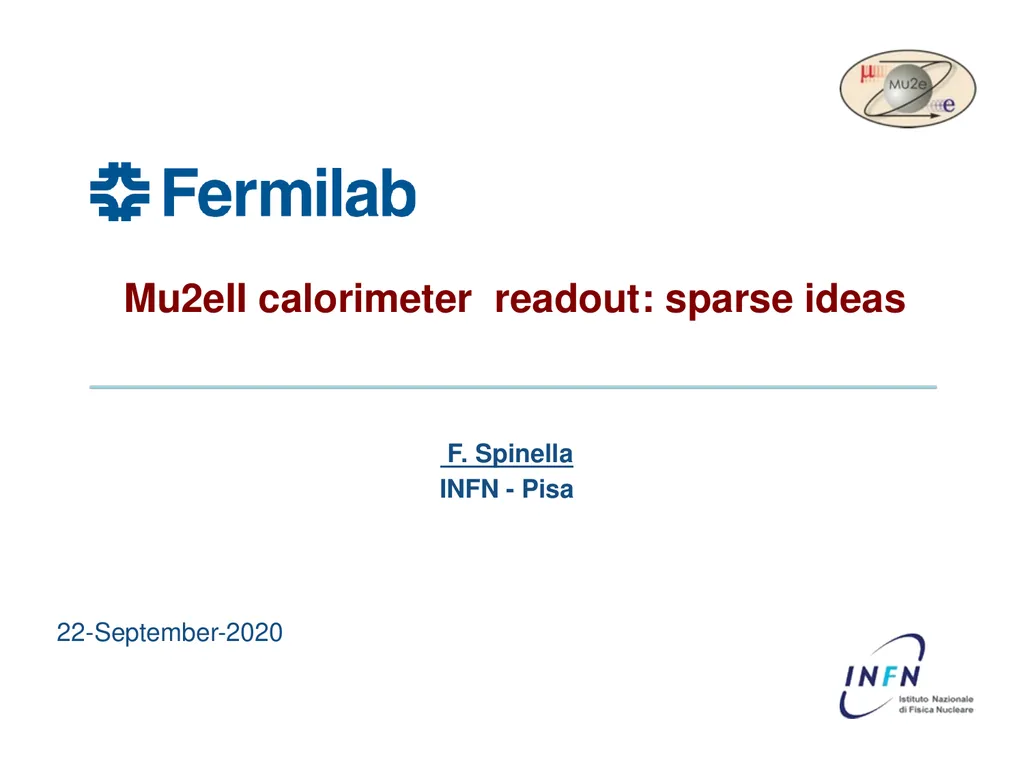
Author : stefany-barnette | Published Date : 2025-05-19
Description: Mu2eII calorimeter readout: sparse ideas F. Spinella INFN - Pisa 22-September-2020 Mu2e event 1 Current Mu2e ecal event (simulation, 1 channel, inner ring, crowded ...) One hit 100- 200 nsec Mu2e 2 Mu2eII beam luminosity is 3x - we willDownload Presentation The PPT/PDF document "" is the property of its rightful owner. Permission is granted to download and print the materials on this website for personal, non-commercial use only, and to display it on your personal computer provided you do not modify the materials and that you retain all copyright notices contained in the materials. By downloading content from our website, you accept the terms of this agreement.
Here is the link to download the presentation.
"Mu2eII calorimeter readout: sparse ideas F."The content belongs to its owner. You may download and print it for personal use, without modification, and keep all copyright notices. By downloading, you agree to these terms.













